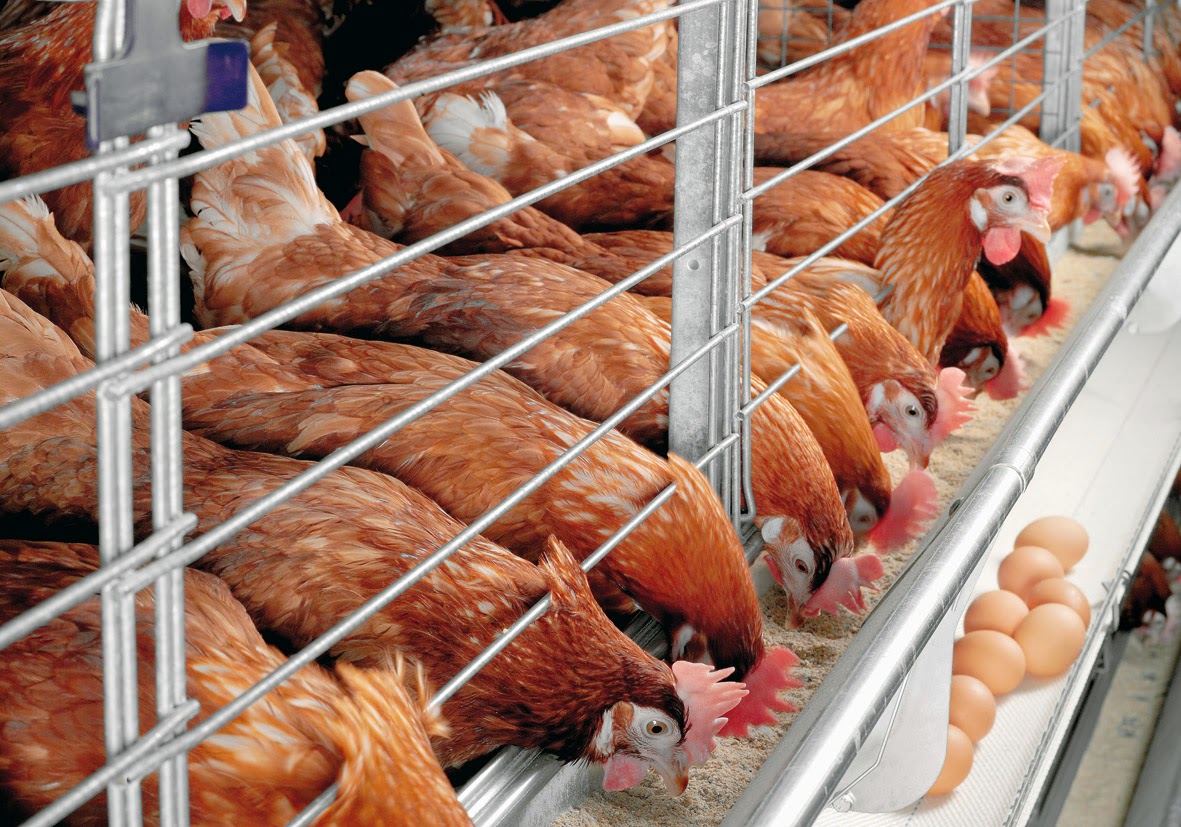Windmill Private Limited Company’s stock-feeds are tried and tested for the local environment before they are put on the market and that is the reason why they are becoming the first choice for Zimbabwean farmers.
Below, Spiked Online Media talks about Windmill products on offer:
BROILER FEEDS
BROILER STARTER MASH/CRUMBS (21% CRUDE PROTEIN)
Feed broiler starter mash/crumbs from day old to day 18. Each bird should consume 0. 8kgs (crumbs) or 1kg (mash) of feed during this period. This is a super starter as it contains both properties of a broiler pre-starter and starter diet, thus giving your chicks the best start.
BROILER GROWER MASH/PELLETS (19% CRUDE PROTEIN)
Feed broiler mash/pellets from day 19 to day 31. Each bird should consume 1. 5kgs (pellets) or 2kgs (mash) of feed during this period. This feed provides all the essential nutrients for a smooth changeover from the starter diet to the fast growing stage.
BROILER FINISHER MASH/PELLETS (18% CRUDE PROTEIN)
Feed broiler finisher mash/pellets from day 28 to required slaughter weight. Each bird should consume 1kg of feed during this period. This super finisher contains both properties of grower and finisher diets, thus giving your chickens a smooth changeover from the starter to the fattening phase.
BROILER CONCENTRATE (42% CRUDE PROTEIN)
With this concentrate you can make both starter and finisher rations. To make a broiler mash (21%), mix 2 parts of concentrate to 3 parts of maize meal by weight to make broiler finisher mash (18%). To achieve a homogenous mixture, proper mixing of the ingredients is required.
Note:
- Broiler starter mash contains a coccidostat
- Use a 3-4mm screen when grinding maize for use in making a broiler starter mash and a 6-8mm screen when grinding maize for use in making broiler finisher mash.
FIELD PERFORMANCE
On station trials were carried out and the following results were established:
- Four weeks – 1. 3kg live weight/bird
- Five weeks – 1. 9kg live weight/bird
- Day 38 – 2. 1kg live weight/bird
- The birds did not record any mortality due to ascites and overall mortality was very low
- The birds had high uniformity which results greater profits
Depending on target market, it is advisable to start slaughtering of heavier birds that have reached target weights, in order to avoid loss due to excessive feed costs. At five weeks (with good management practices), you can expect slaughter of heavier birds and then rear lighter birds to heavier weights before slaughtering them.
It is advisable to screen birds by size at the time of shifting birds from the brooder to the rearing pens. Keeping the birds of the same size in the same compartment tends to increase growth rates and bird uniformity due reduced bullying and competition.
LAYER FEEDS
CHICK MASH (22% CRUDE PROTEIN)
Feed to layer chicks from day of placement up to about 6 – 8 weeks. Make an allowance of about 2 kg of feed per bird during the chick starter phase.
CHICK CONCENTRATE (41% CRUDE PROTEIN)
This concentrate can give you chick mash and the mixing ratio is 2 parts of concentrate to 3 parts maize meal by weight.
GROWERS MASH (15. 5% CRUDE PROTEIN)
Feed to layer type of birds from about 6 – 8 weeks up to 16 weeks of age (approximately 4. 5kgs of feed is consumed by each bird during this period).
GROWERS CONCENTRATE (30% CRUDE PROTEIN)
To make growers mash, mix this concentrate with maize in the ratio 1 part of concentrate to 2 parts of maize by weight.
HIGH PRODUCTION LAYERS MASH (17% CRUDE PROTEIN)
This feed is a high-energy production feed which is fed to layers from the beginning of laying. This feed is designed to meet the greatest energy demand during the peak egg production period (initial burst).
The feed is also beneficial during periods of lower temperature. The diet is also good to maintain a sustainable production drive during the production period. Each bird consumes between 115 – 125g of layers mash on average depending on breed, type and environmental conditions.






